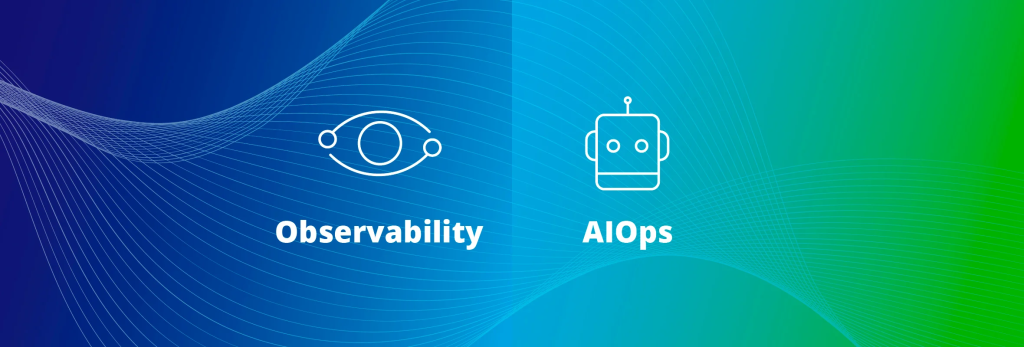Upgrade & Secure Your Future with DevOps, SRE, DevSecOps, MLOps!
We spend hours scrolling social media and waste money on things we forget, but won’t spend 30 minutes a day earning certifications that can change our lives.
Master in DevOps, SRE, DevSecOps & MLOps by DevOps School!
Learn from Guru Rajesh Kumar and double your salary in just one year.

Have you ever heard the terms AIOps and observability? If you’re in the tech industry, these buzzwords might be familiar to you. But what do they really mean? And what sets them apart from each other?
In this article, we’ll dive into the world of AIOps and observability, exploring their definitions, benefits, and differences. So, grab a cup of coffee and get ready to learn!
What is AIOps?
AIOps stands for Artificial Intelligence for IT Operations. It’s a term used to describe the practice of using artificial intelligence and machine learning algorithms to automate IT operations tasks.
AIOps is all about using data to make informed decisions, predicting and preventing problems before they occur, and automating repetitive tasks. This can include things like monitoring network performance, analyzing log files, and detecting anomalies.
The goal of AIOps is to make IT operations more efficient, reduce downtime, and improve overall performance. By leveraging the power of AI and machine learning, AIOps can help organizations stay ahead of the curve and keep up with the demands of modern technology.
What is Observability?
Observability is a term used to describe the ability to understand and monitor the behavior of complex systems. It’s all about having visibility into the inner workings of a system, even when things go wrong.
Observability is achieved through instrumentation, which involves adding code to a system to record and measure various metrics and events. This can include things like the number of requests a server receives, the response time of a database query, or the number of errors that occur.
The idea behind observability is that by having access to this data, developers and IT teams can more easily diagnose and fix problems when they occur. It’s all about being proactive rather than reactive, and having the tools and insights needed to make informed decisions.
What are the Differences Between AIOps and Observability?
While both AIOps and observability are focused on improving IT operations, they approach the task in different ways.
AIOps is all about automation and using AI and machine learning to make informed decisions. It’s focused on predicting and preventing problems before they occur, and reducing the need for manual intervention.
Observability, on the other hand, is focused on having visibility into the inner workings of a system. It’s about understanding what’s happening in real-time, and having the tools and insights needed to diagnose and fix problems when they occur.

Another key difference between the two is their level of complexity. AIOps is a more complex and advanced technology, requiring a significant amount of data and machine learning expertise. Observability, while still complex, is more accessible and easier to implement.
Conclusion
In conclusion, both AIOps and observability are important tools for improving IT operations. While they approach the task in different ways, they both have the same goal: to make IT operations more efficient and reduce downtime.
Whether you’re looking to automate your IT operations or gain visibility into your system, both AIOps and observability have something to offer. By understanding the differences between the two, you can choose the approach that’s right for your organization and stay ahead of the curve in the ever-changing world of technology.